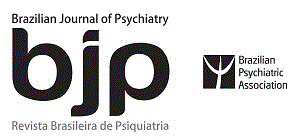Open Access
Brazilian Journal of Psychiatry
Publicação de: Associação Brasileira de Psiquiatria
Área:
Ciências Da Saúde
Versão impressa ISSN:
1516-4446
Versão on-line ISSN: 1809-452X
